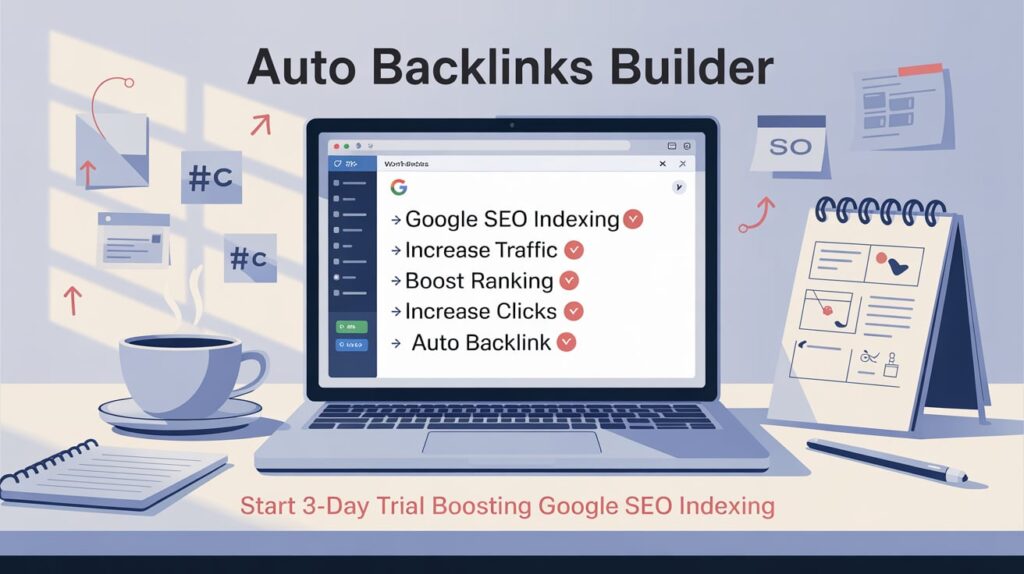AI-Powered WordPress: Introducing Model Context Protocol
Note: This post may contain affiliate links, and we may earn a commission (with No additional cost for you) if you make a purchase via our link. See our disclosure for more info.
WordPress.com has unveiled support for the Model Context Protocol (MCP), an open standard designed to bridge the data gap between AI assistants and WordPress sites. Traditionally, managing WordPress sites and leveraging AI for insights involved manual data transfer, as AI tools lacked direct access to live site specifics like posts, traffic, and plugin statuses. This limitation often confined AI to brainstorming rather than data-driven decision-making.
MCP resolves this by allowing AI assistants such as Claude, ChatGPT, and Cursor to securely connect with WordPress.com sites. This integration offers significant benefits, including faster workflows by eliminating the need for manual logins and data retrieval. It consolidates all site content, data, and insights directly within the AI tool. The protocol is designed with security in mind, utilizing OAuth for authentication, ensuring no data is stored locally, and providing users full control over connecting and disconnecting their AI assistants.
WordPress.com is the first hosting provider to implement MCP with OAuth by default, making it available to all sites on paid plans. Users can enable MCP, configure their preferred AI application, and authenticate to begin. Currently, MCP provides “read-only” access, enabling AI to surface information and insights. Future updates will introduce “write” access, expanding AI capabilities.
Practical examples of MCP in action include asking an AI assistant, “How did my latest post perform?” for instant traffic insights, or requesting a “comprehensive health check across all my WordPress.com sites” to receive a prioritized action plan. Users can also “Summarize recent comments across all my sites” to quickly grasp reader feedback. MCP streamlines site management, allowing users to gain comprehensive understanding and actionable insights directly within their AI assistant, fostering a more efficient and secure workflow.

